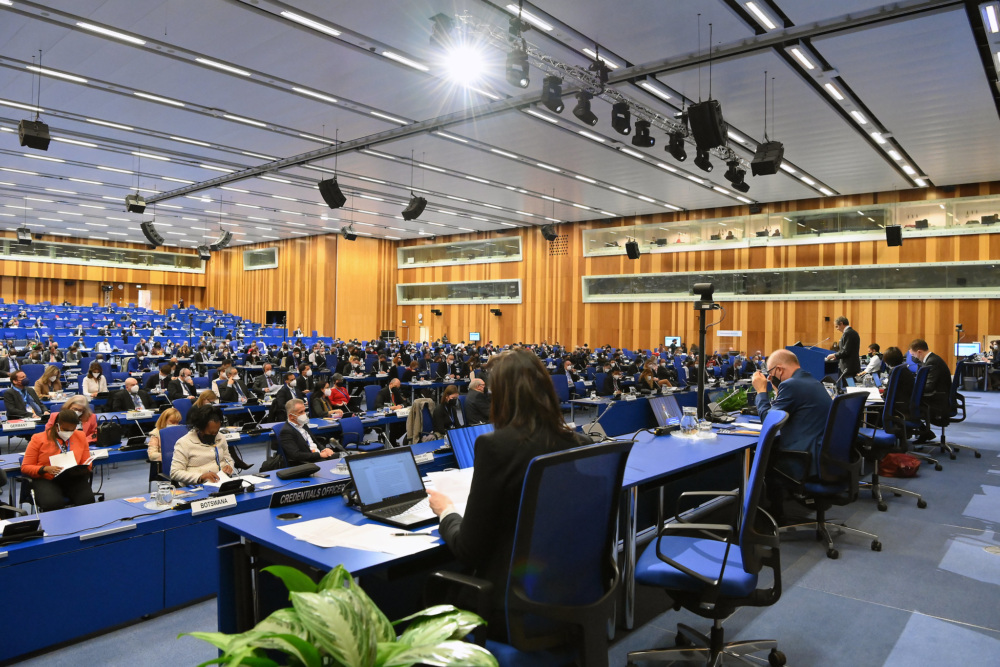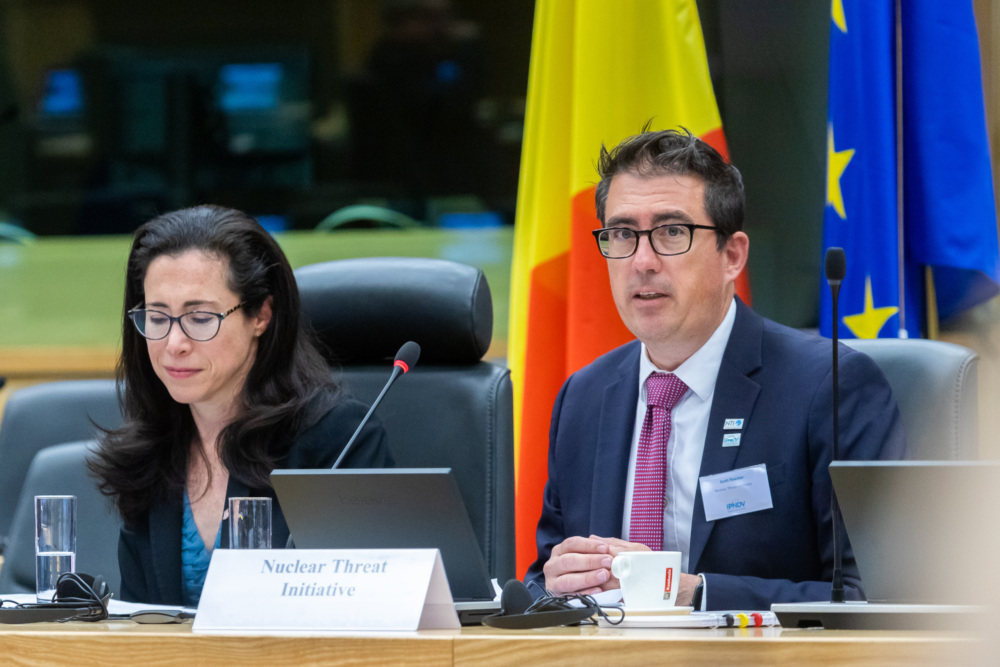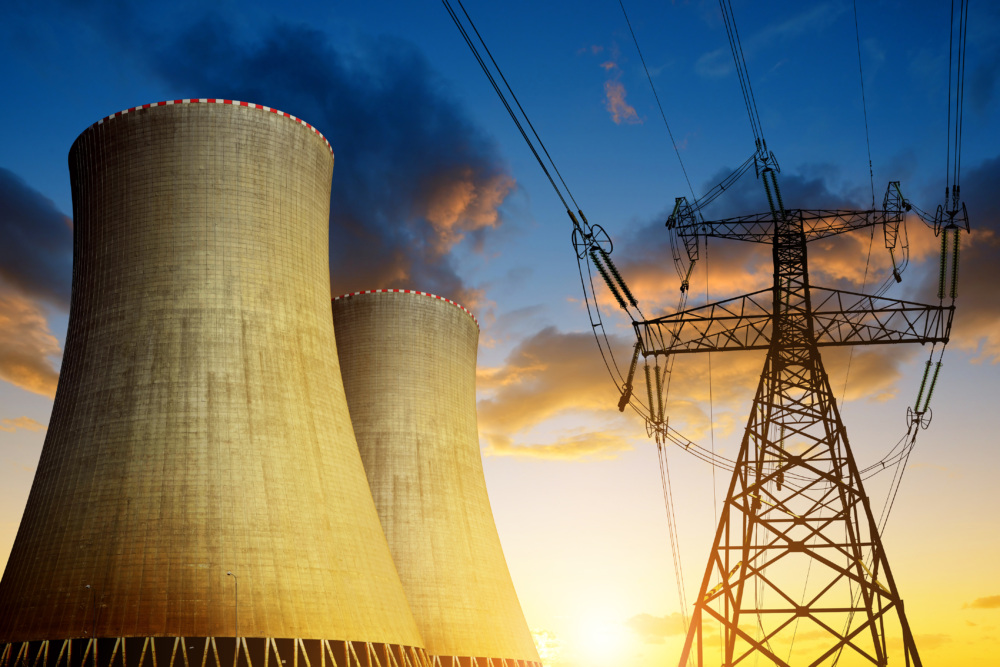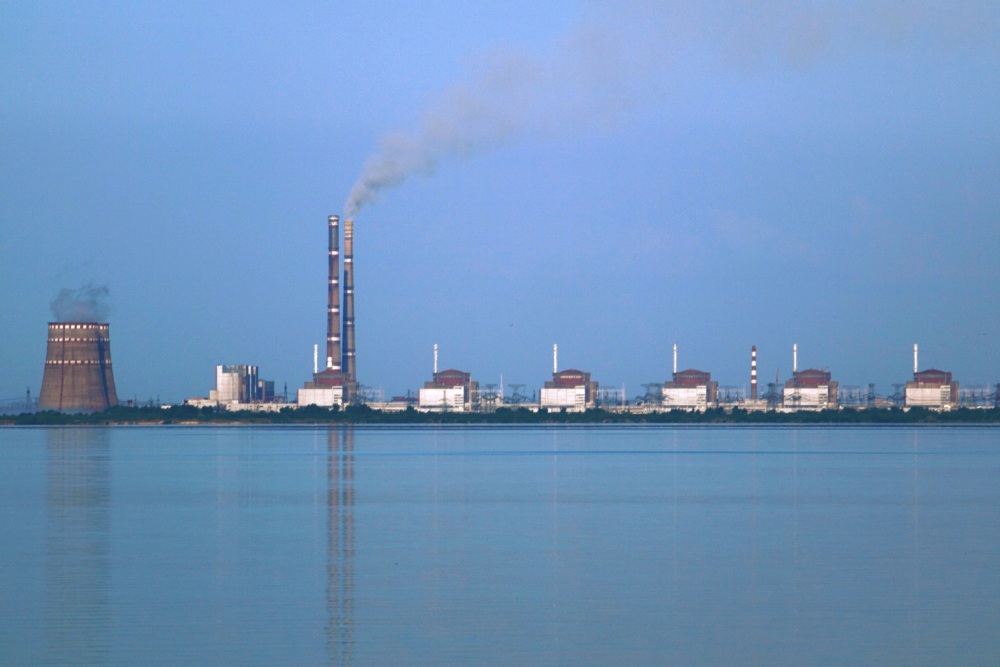
Nickolas Roth
Senior Director, Nuclear Materials Security
Atomic Pulse
This week in Vienna, experts from the Nuclear Threat Initiative are joining government officials and experts from international organizations, non-governmental organizations, academia, and the nuclear industry for the first-ever review of the only legally binding treaty on nuclear security—the amended Convention on the Physical Protection of Nuclear Materials (A/CPPNM). The Conference of Parties to the A/CPPNM, from March 28-April 1, 2022 at the International Atomic Energy Agency (IAEA), will review the implementation of the A/CPPNM, assess its adequacy, and consider current threats to the security of nuclear materials.
The gathering comes at a pivotal moment for strengthening norms and laws that promote strong security at nuclear facilities around the world. High-level attention to this issue has waned in recent years, progress to reduce risks has slowed, and cooperation between the countries that face the greatest risks has faded. Additionally, Russia’s recent attacks on Ukrainian nuclear facilities run contrary to international law, shatter existing norms, and raise important questions around the future of international nuclear security cooperation.
What is the Convention on the Physical Protection of Nuclear Material and its amendment?
The CPPNM, which entered into force in 1987, is the only treaty that obligates countries to implement security measures for civilian nuclear material in international transport, criminalizes offenses associated with nuclear theft and terrorism, and establishes mechanisms for cooperation on securing international transports, responding to incidents, and extraditing suspected criminals.
The treaty’s amendment, which was signed in 2005 and entered into force in 2016, strengthens the convention by including protection of nuclear material in peaceful domestic use and protection of nuclear facilities from sabotage. The amended CPPNM (A/CPPNM) includes a list of “fundamental principles of physical protection” which forms the basis for nuclear security regimes today. It also requires a review conference five years after it enters into force to review implementation (due to COVID, that review was delayed until 2022). After the initial review, a majority of states parties can agree upon further conferences no less than every five years.
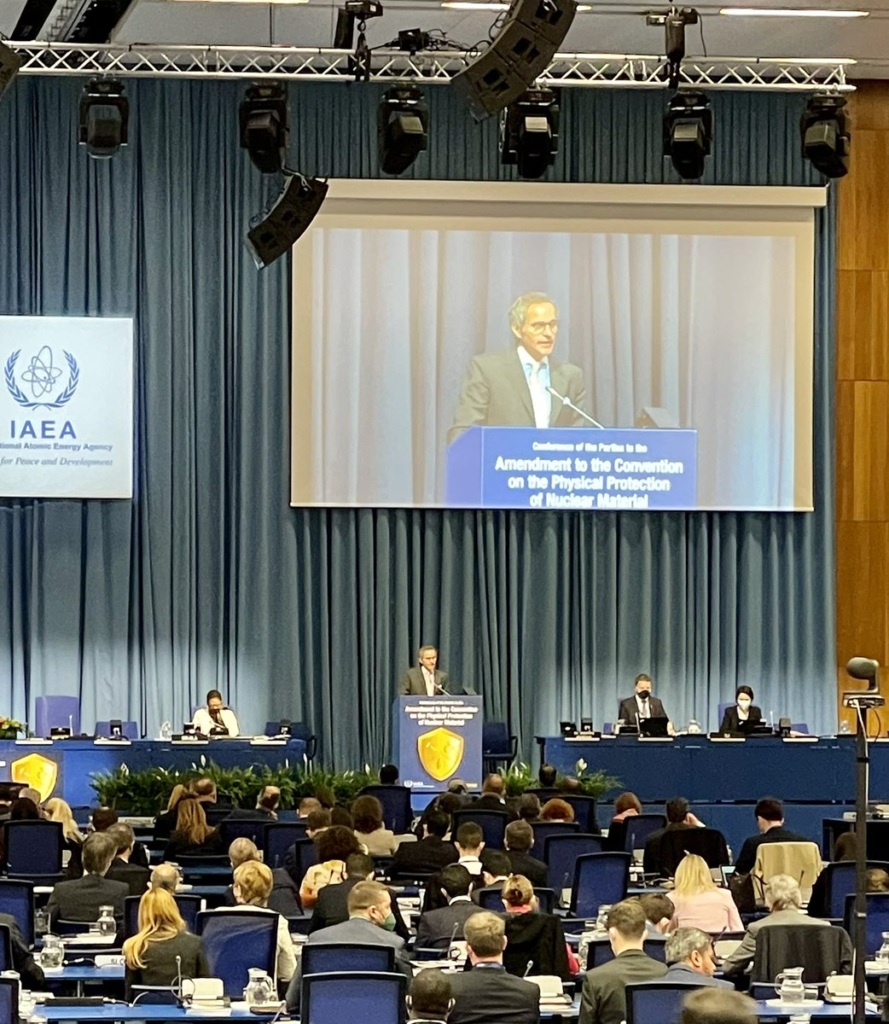
Why is it important?
As the only legally binding international agreement requiring physical protection of nuclear materials and facilities, the A/CPPNM is foundational to the laws and institutions that support strong and sustainable nuclear security around the world. Although it does not create any specific standards for nuclear security, the A/CPPNM does strengthen norms around broad nuclear security principles. It also encourages high-level political attention, information sharing, national commitments, and confidence-building in support of nuclear security.
Who supports it?
As of March 2022, 164 countries have ratified the amendment to the CPPNM. Only four countries with weapons-usable nuclear material—Belarus, Iran, North Korea, and South Africa—have not yet ratified the amendment.
Why is the 2022 A/CPPNM Review important?
The A/CPPNM Review will be the first chance since the amendment entered into force for states parties to assess implementation of the convention, discuss its effectiveness, and to share ideas on how to strengthen it. The A/CPPNM Review provides an opportunity for states parties to:
It is also an opportunity for parties to decide whether regular review conferences are necessary. This kind of review benefits all states who are committed to strong and sustainable nuclear security.
How do we define a successful review?
A successful A/CPPNM Review is one that supports a strong, effective, and sustainable treaty regime that can respond to threats and ensure that countries can enjoy the benefits of peaceful use. To support these goals at the review, parties should:
For more, see the NTI webpage on Resources on the CPPNM and the 2022 Review Conference.
Sign up for our newsletter to get the latest on nuclear and biological threats.
Scott Roecker, vice president of the Nuclear Materials Security team, sat down with NTI's Mary Fulham for the latest in Atomic Pulse's "Get to Know NTI" series.
For nuclear power to be a problem solver rather than a problem maker, the international community must push for a smart brand of nuclear power that prioritizes safety and security.
Nickolas Roth, senior director for NTI’s Nuclear Materials Security program, explains what happened at the Zaporizhzhia nuclear power plant that terrifying night, what could have happened, and what the long-term implications are for nuclear security and nonproliferation efforts around the world.
